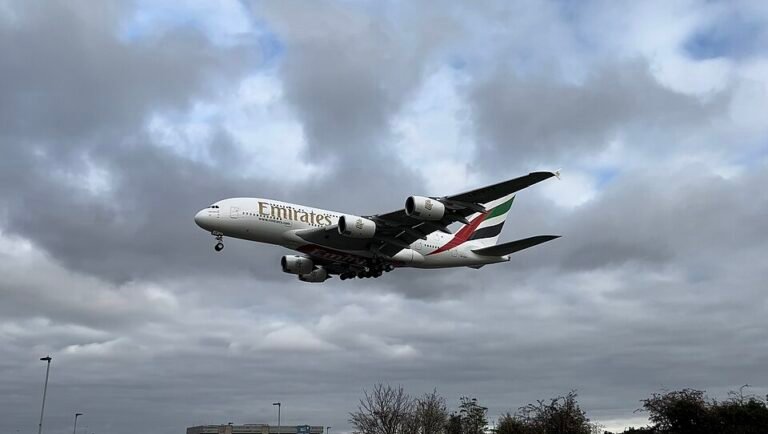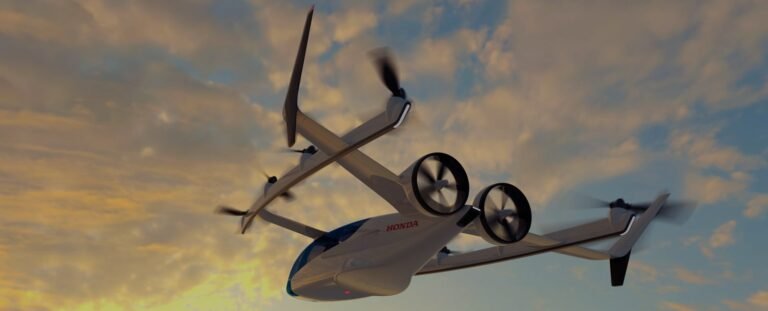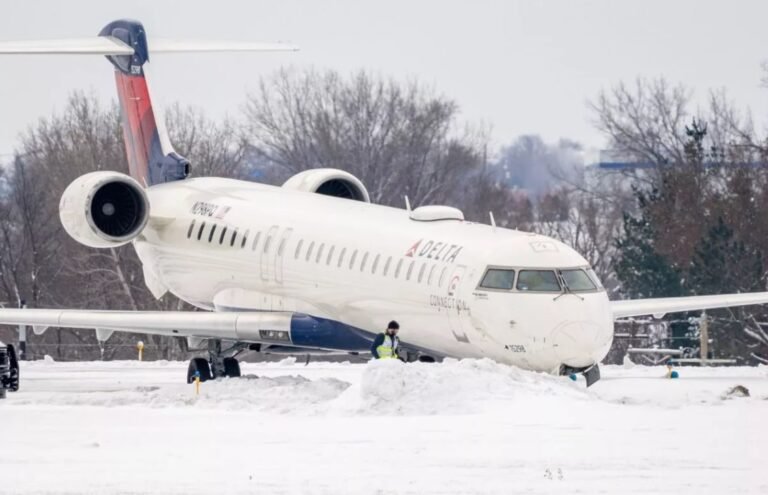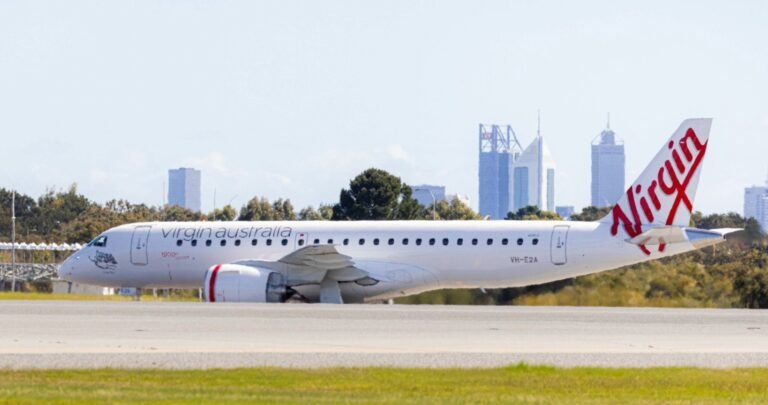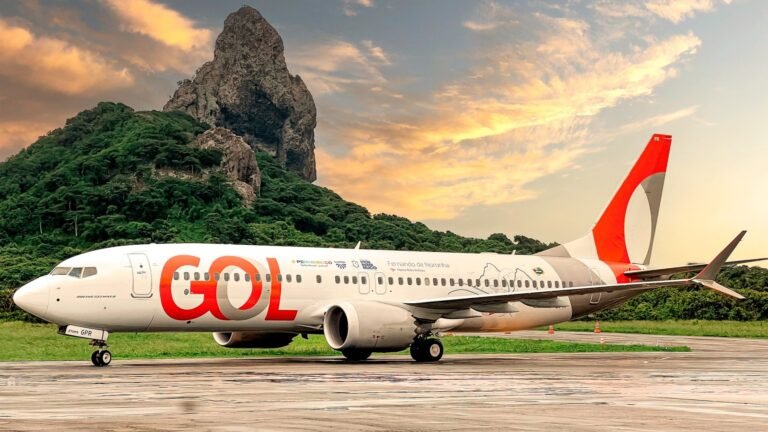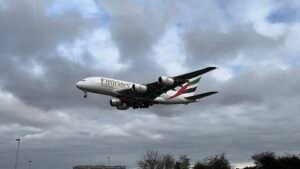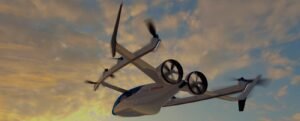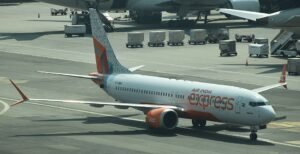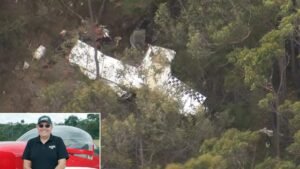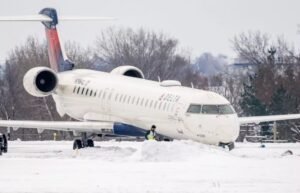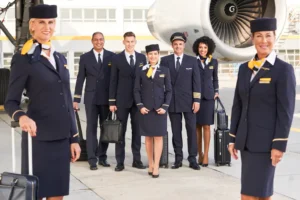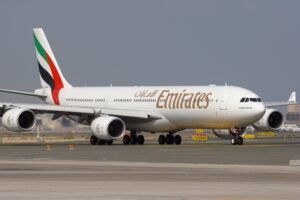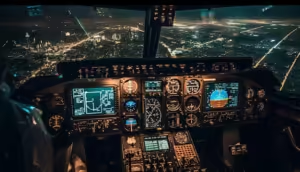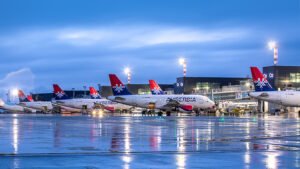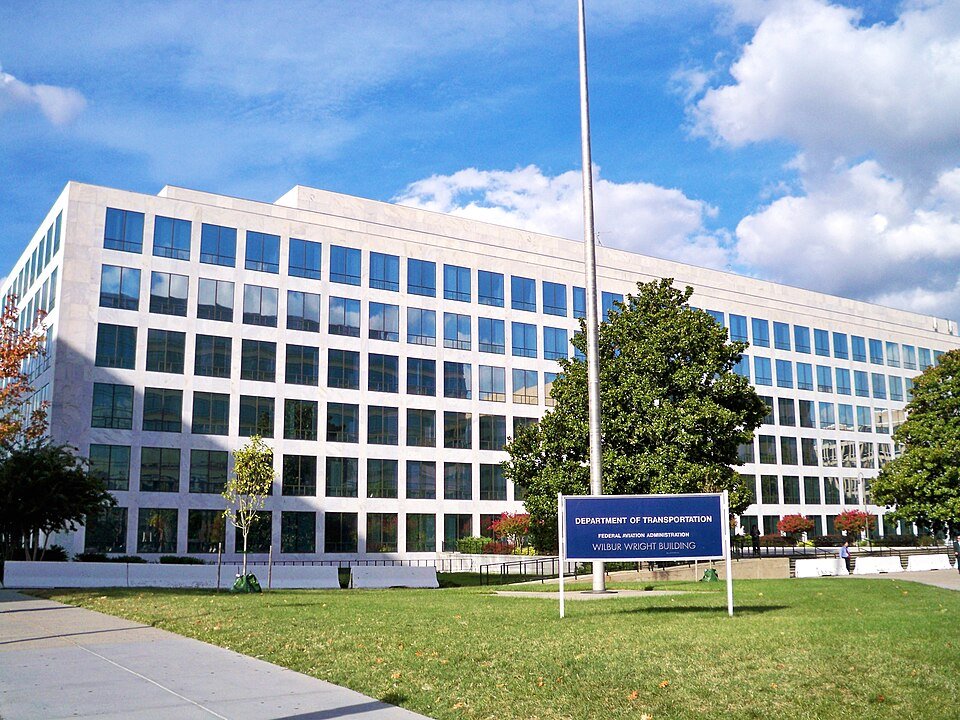
Washington, United States: As the U.S. government entered a partial shutdown at midnight on October 1, the Federal Aviation Administration (FAA) announced plans to furlough over 11,000 employees, approximately one-quarter of its workforce due to a lapse in federal funding. This move follows the Department of Transportation’s notification that such furloughs would be necessary if the shutdown persisted.
Despite the furloughs, more than 13,000 air traffic controllers are required to continue working without pay to maintain air traffic operations. The FAA is also proceeding with hiring and training new controllers, a departure from practices during previous shutdowns. The agency remains approximately 3,800 controllers short of its staffing targets.
The National Transportation Safety Board (NTSB) has stated that about 25% of its 400 employees would be furloughed. However, the NTSB will continue to launch new investigations into air accidents and other incidents during the shutdown.
Meanwhile, about 50,000 Transportation Security Administration (TSA) staff working airport security checkpoints would also continue working without pay. During the 35-day shutdown in 2019, absences among controllers and TSA officers increased as paychecks were missed, leading to longer checkpoint wait times and slowed air traffic in cities such as New York, which put pressure on lawmakers to resolve the funding impasse.
Airline trade group, Airlines for America, representing carriers including United, Delta, American, and Southwest, warned that a lapse in funding could force the system to slow down, reducing efficiency and affecting travelers. The U.S. Travel Association, which represents airlines, hotels, car rental companies, and other travel businesses, estimated that even a partial shutdown could cost the U.S. travel sector approximately $1 billion per week.
The FAA employs around 45,000 people, and the Transportation Department as a whole would furlough 12,200 of its 53,717 employees, including those at the FAA. The agency confirmed that essential certification activities covering commercial airplanes and engines, as well as commercial space launches would continue to ensure operational safety.

